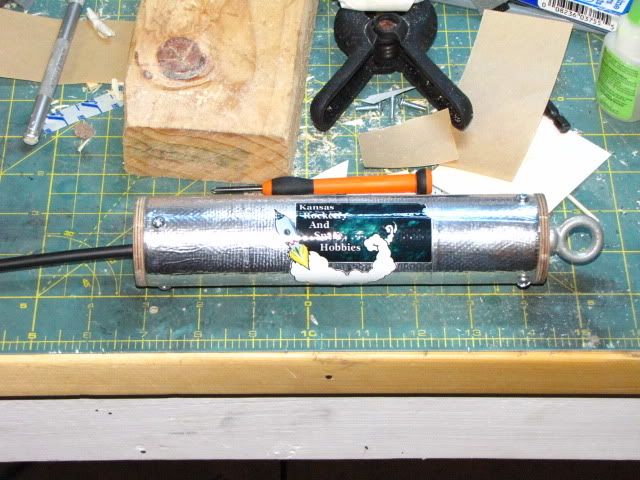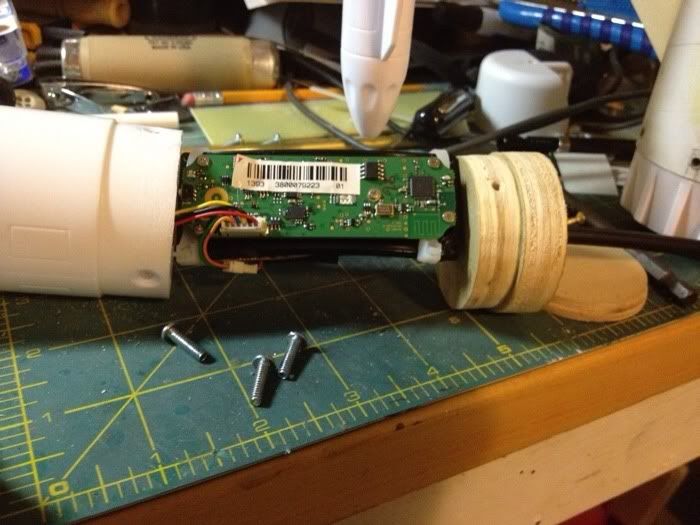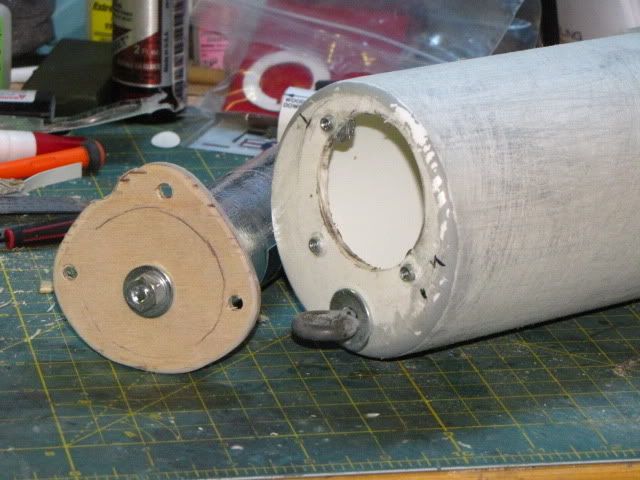Yoehahn
Well-Known Member
- Joined
- Jul 18, 2009
- Messages
- 773
- Reaction score
- 0
I need to get a tracking system this year, As im doing a few MD projects and pushing higher and higher with other projects. Im wondering what options are available, and what is the best value? I need it to fit in a 29mm tube. I have looked at Big red bee, Walston systems, etc. Im assuming i need a HAM radio license, any other requirements or procedures?
Any input is appreciated.
Any input is appreciated.









